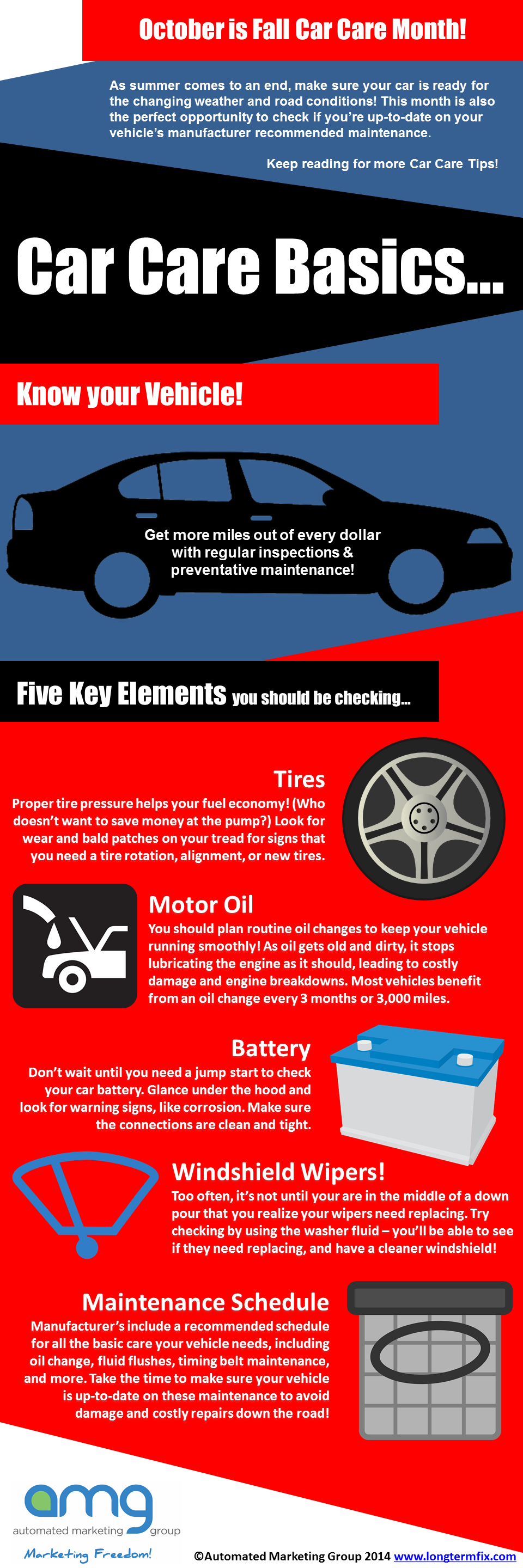Deciphering Your Automobile'S Warning Indicators: What They Really Indicate
Deciphering Your Automobile'S Warning Indicators: What They Really Indicate
Blog Article
Author-Hartley Winters
When you're behind the wheel, those radiant warning lights on your dashboard can be a little bit puzzling. Do you recognize what they're attempting to tell you about your auto's wellness? Understanding auto restoration of these lights is important for your safety and the durability of your car. So, the following time one of those lights pops up, wouldn't you wish to decode its message properly and take the needed actions to address it?
Common Caution Lights and Interpretations
Recognize typical caution lights in your automobile and understand their definitions to make sure risk-free driving.
One of the most typical warning lights consist of the check engine light, which signals concerns with the engine or discharges system. If this light begins, it's critical to have your car inspected promptly.
The oil pressure warning light suggests reduced oil stress, needing instant interest to stop engine damage.
https://edwinvrkey.webbuzzfeed.com/30469437/earth-friendly-auto-care-taking-on-lasting-methods-and-products flashing battery light might suggest a faulty charging system, possibly leaving you stranded if not resolved.
The tire stress tracking system (TPMS) light notifies you to reduced tire pressure, impacting lorry stability and fuel efficiency. Disregarding this might cause hazardous driving conditions.
The abdominal muscle light suggests a trouble with the anti-lock stopping system, endangering your ability to stop quickly in emergency situations.
Finally, the coolant temperature advising light warns of engine overheating, which can cause severe damage if not dealt with promptly.
Understanding these typical caution lights will help you resolve concerns promptly and maintain risk-free driving problems.
Value of Prompt Interest
Comprehending the usual warning lights in your vehicle is only the very first step; the importance of promptly attending to these warnings can not be highlighted sufficient to guarantee your safety and security on the road.
When a caution light brightens on your dashboard, it's your car's method of communicating a possible problem that needs interest. Disregarding these cautions can bring about a lot more extreme problems later on, endangering your security and potentially costing you much more in repairs.
Prompt attention to advising lights can protect against failures and accidents. As an example, a flashing check engine light can suggest a misfire that, if left ignored, can trigger damage to the catalytic converter. Resolving this immediately can conserve you from an expensive repair work.
Similarly, a brake system alerting light might signify reduced brake liquid or worn brake pads, important elements for your safety and security when driving.
Do It Yourself Troubleshooting Tips
If you see a warning light on your dashboard, there are a couple of do it yourself fixing tips you can attempt before seeking expert assistance.
The first step is to consult your vehicle's handbook to understand what the certain caution light shows. Sometimes the issue can be as straightforward as a loosened gas cap activating the check engine light. Tightening up the gas cap might solve the problem.
Suggested Online site is a reduced battery, which can cause various advising lights. Examining the battery connections for rust and guaranteeing they're safe and secure may take care of the problem.
If a warning light continues, you can try resetting it by separating the vehicle's battery for a few minutes and after that reconnecting it. Furthermore, inspecting your automobile's liquid degrees, such as oil, coolant, and brake liquid, can assist repair alerting lights associated with these systems.
Conclusion
Finally, understanding your car's caution lights is essential for maintaining your vehicle running smoothly and safely. By quickly attending to these alerts and understanding what they imply, you can avoid pricey fixings and potential break downs.
Bear in mind to consult your car's handbook for specific information on each advising light and do something about it accordingly to guarantee a hassle-free driving experience.
Keep notified, stay risk-free on the road!
